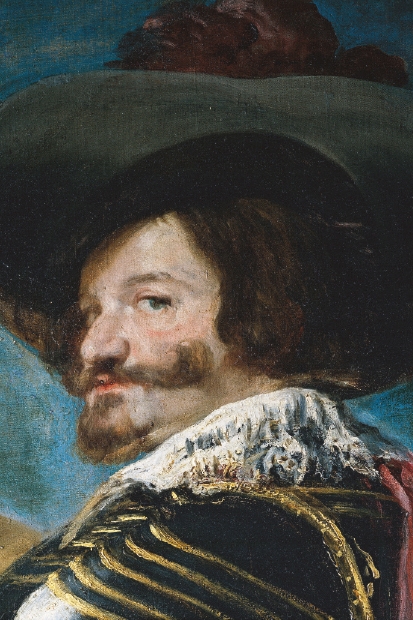As every schoolboy knows, ‘the empire on which the sun never set’ was British, and ‘blue-blooded’ was a phrase applied to the nobility who ruled it for most of its history. And every schoolboy is wrong. The phrase was coined to describe the dominions of the Holy Roman Emperor Charles V (or Charles I of Spain), which were the first to span the requisite number of time zones; and ‘blue blood’ — sangre azul — referred to his Visigothic ancestors who reconquered Spain from the Moors, who had held it since 711 AD. These northern warlords would apparently show the purity of their ancestry by revealing the visible veins in their untanned forearms.
The Reconquista was completed by Charles’s grandparents, Ferdinand and Isabella, in 1492, when they finally took Granada. A few weeks later they met Columbus in Cordoba and sent him on his ultimately vastly remunerative westerly voyage to the ‘Indies’.
Robert Goodwin’s book — whose title correctly places Spain, Jerusalem-like, at the centre of the 16th-century geopolitical map — picks up events in 1519, just as the first American treasures arrived in Seville, the southern capital of Spain and sole licensee to all cargo returning across the Atlantic.
On one level this book is the story of how that treasure was spent: on pomp and on war, on the arts and the architecture to house them. And what a lot of treasure there was. Goodwin sticks rather sheepishly to calculations in ducats and other contemporary measures, because adjusting for inflation is notoriously misleading. Nonetheless I once tried to calculate how much wealth came across the sea from the discovery of the Americas to the end of the Thirty Years War (1648). The records show 190 tonnes of gold arrived with an average value over that century and a half of £3 per fine ounce.








Comments
Join the debate for just £1 a month
Be part of the conversation with other Spectator readers by getting your first three months for £3.
UNLOCK ACCESS Just £1 a monthAlready a subscriber? Log in